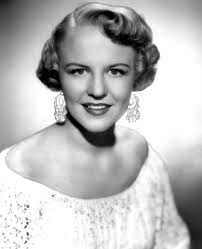
Poetry journals that read work anonymously are a distinct minority. The $23,496 question is: Why?
Shouldn’t all editors read work anonymously? Shouldn’t all poems be read and judged on their own merits vs. the merits of a well-known (or well-connected) name that might offer a journal some cachet?
An anecdote I’ve shared in the past bears repeating here. I have subscribed to Poetry magazine for a few years now. In the back, where a list of contributors is found, the editors place an asterisk to denote a first-time appearance in the august (Latin for “top-paying”) magazine.
No doubt the purpose is to prove how diverse the editorial selections are, but for me the asterisks lead to quite different conclusions (and a very different reindeer game). I read each poem in the issue, one at a time, and then guess whether its author is a Poetry newbie (asterisk) or a Poetry veteran (no asterisk).
Granted, the game doesn’t work in the case of very well-known poets like, say, Rae Armantrout, Christian Wiman, or Mary Jo Bang, so let’s throw those and those like them out of the pool. Other than that, though, I seem to have developed a sixth sense about “newbies vs. veterans” based on how much I enjoyed the poem.
You guessed it. If I find a poem stronger, I guess “newbie” and flip back to find, 9 times out of 10, an asterisk (bingo!). And if I find the poem a tad tortured or lame or smelling of the academic oil, I guess “veteran,” flip back again and, more often than not, see no asterisk (score!).
My conclusion? Newbies have to be stronger to gain admission at the august gate, whereas veterans can be slightly weaker because, well, their names push them across the finish line. As for the established poets, they sometimes don’t work as hard (or perhaps experiment more) because they can.
Don’t misunderstand me. I fully realize that talented poets would continue to have success in publishing their work even if an anonymous-only policy was adopted by the industry as a whole—just not as much success.
Image with me, then, that Poetry and all the majority of other journals adopted this “look at the poems, not the names” policy. Some of these “iffy” poems by established poets might earn boiler-plate rejections (a throwback of sorts for them, which might actually be healthy), leaving more bandwidth for new blood—up and coming poets who’ve been working the mines to good effect.
To me, that’s reason enough. But for now, all I can do is vote with my submissions by sending as much new work as possible to journals that have adopted the anonymous method of reading.
John and Jane Doe? Are you in this with me?







